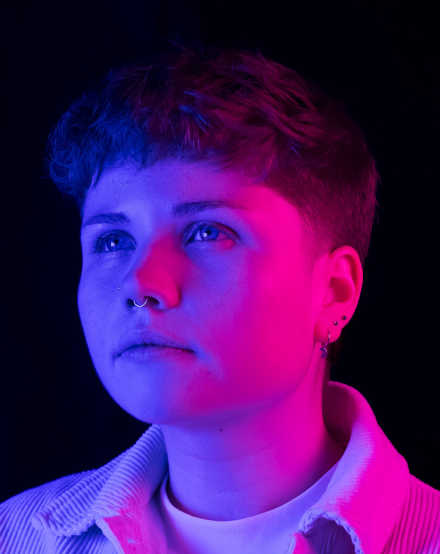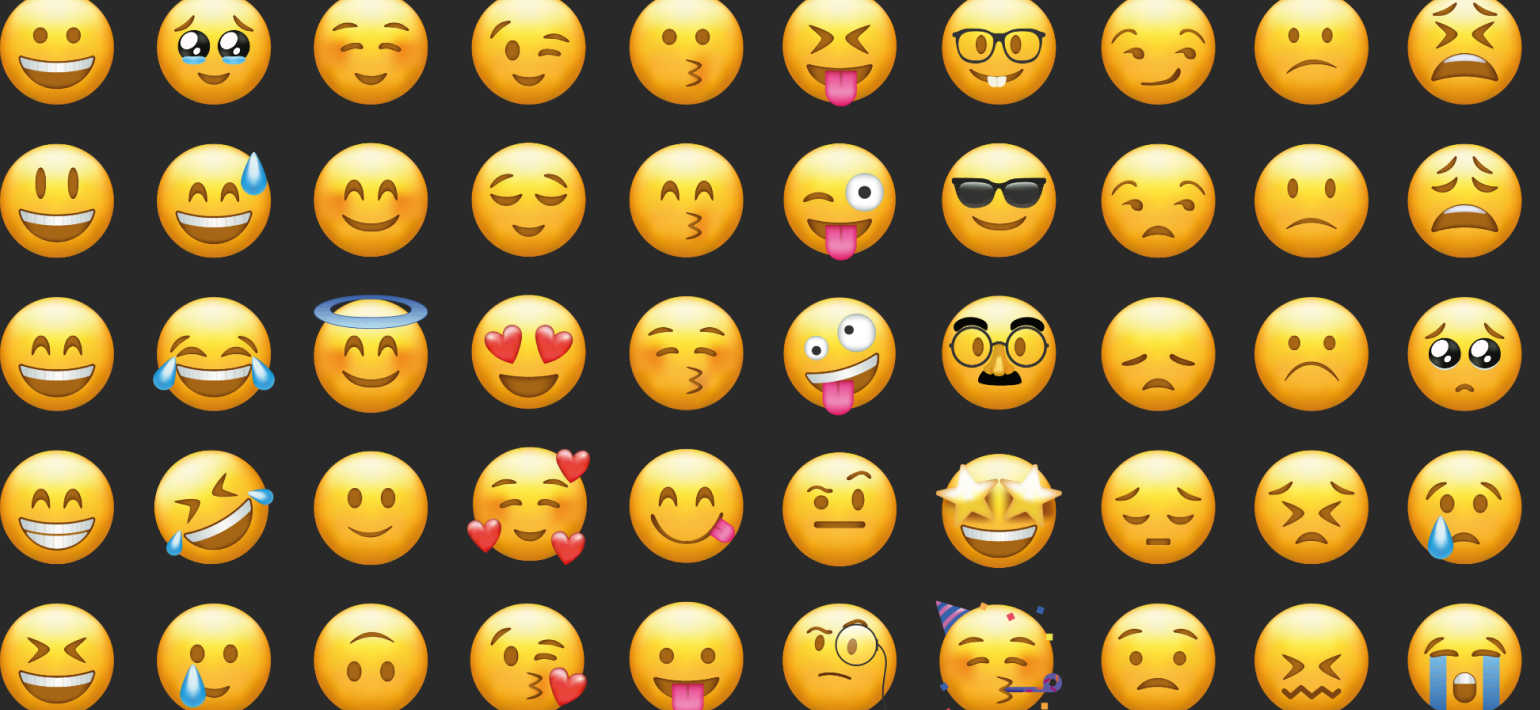Turn That Frown Upside Down – The Impact of Emojis in Communication


It's often said that a picture is worth a thousand words. Symbols and icons have always been an integral part of communication, from prehistoric cave drawings to a complex system of hieroglyphic symbols in ancient Egypt and even the bizarre font, Wingdings, that we all know and love. Now we've reached the latest iteration: emojis.
I'm sure you're thinking, it's not that deep. Emojis to some of us are just smiley faces, right? But behind every symbol is a whole world of hidden meaning.
The birth of emojis started with the personal computer. In 1982 the first digital emoticon (a portmanteau of 'emotion' and 'icon') was created: 🙂. Later in 1997, the Japanese company Softbank created the first set of emoji icons. The collection offered 90 symbols, including some of the most iconic emojis we use today - yes, we're looking at you 'smiling pile of poo.' Two years later, in 1999, Japanese designer Shigetaka Kurita - often credited as the creator of the emojis we love today - created 176 emojis for the Japanese mobile phone operator NTT DoCoMo.
Since then, emojis have developed from a simple smiley face to a complex system of detailed icons for every situation imaginable. In 2011, a uniform emoji code was established and integrated into the iPhone keyboard and thus began the widespread popularity of the emoji.
These icons have changed visually from a nostalgic, early internet aesthetic during the MSN era to the high-res, detailed versions we're familiar with now. The design of these icons has a significant impact on the way we receive the message through social cues and tone indicators.
Let's remember that not all smileys are built the same. Each expression and depiction communicate a different message: for example, use this smiley face 🙂 and risk coming across as a bit suspect; however, use this one 😊 and you're golden. The 'slightly smiling face' 🙂 even has Cyber Phycologists unsettled; at first, it looks like a friendly, simple smiley face, but when you look a little further, something feels... off. The mouth is smiling, but the eyes are dead, cold, and unsettling. There's no emotion behind them, making the whole smile appear fake. This smiley 🙂 is saying, 'I have to smile, but I'm not happy about it' 🙂 this smiley is not okay 🙂. However, this smiley 😊 is sweet. The expression on this face looks genuine. The smile in the eyes and the blushing of the cheeks adds to this authenticity.
The emojis we use also say so much about us. Emojis can indicate age, location, social media usage and even personality traits. Different generations use different emojis to express the same message. For example, millennials use this emoji 😂 to show something is funny, whereas Gen Z uses the skull emoji 💀 (translation: "This is so funny I'm dead"). Additionally, whilst Gen Z and Millennials are fighting over skulls and tears of laughter, Gen X uses emojis very literally, signing off messages with kisses 💋 and using the thumbs up 👍 as a whole sentence. The way we interact with emojis can say so much about us, and this information is essential in online communication to understand the tone and intent of the message.
Have you ever found yourself writing a work message, overthinking, and rewriting the same statement, worried about how the tone might be perceived? Do I sound too bossy? Too blunt? Too eager? And then you remember emojis! Slap in a smiley, and you have a delightful message radiating good vibes. Often over messenger, specific social cues and tone indicators can be lost, and emojis can be a brilliant way of reintroducing them.
Emojis have even started to transcend text messages and in User Interface design, marketing and, most commonly, social media. An example of this is fintech companies like Monzo and Revolut, which use emojis when communicating with users through notifications and alerts on their accounts. This practice helps users instantly recognise the topic of the alert and adds a visual, playful element to finances and budgeting, which can sometimes be boring subjects to specific audience groups.
Another more obvious example is online dating platforms like Tinder. Tinder often uses emojis within its marketing efforts to demonstrate the app's purpose and to communicate with its audience. They frequently use innuendo based emojis, like the aubergine and peach, which help show the app's purpose - to match couples, often for casual meetings. Tinder didn't create the second meaning behind these emojis but popularised them and used them to convey their message without using graphic imagery.
Another example within advertising is the Burger King' Poop Emoji Ice Cream' campaign - yes, that's the campaign's official name. The poop imagery showcases how Burger King's ice cream is no longer "full of sh*t," but why use an emoji to demonstrate this? Most likely because showing a realistic image would be deeply unappetising, and Burger King can achieve the same message with a symbol instead. The poop emoji is a fan favourite.
In all these examples, emojis communicate a message more concisely through symbolism and icons rather than words. In the case of Tinder and Burger King, emojis have been able to communicate more subtly than using graphic, realistic imagery - which I think everyone is thankful for.
And this is just a tiny snippet of the powers of emojis.
What is one of the fundamental barriers to global communication through words? Language and literacy. Pictures and icons, like emojis, offer an inclusive option for communication that transcends linguistic divides. Can't read? No worries. Don't speak the same language? No problem. A smiley face means the same thing to everyone. But what if we go even further? Instead of communicating with just one symbol, could we use multiple to convey a sentence or maybe even a whole story? I'm sure those who love literature will view this as sacrilege, but it's an exciting concept. In 2009, Fred Benenson launched the 'Emoji Dick' project, aiming to translate Herman Melville's Moby Dick into emojis. The book has had varying responses. Emojis may not be enough to convey the book's literary complexities, but it's an interesting project in symbolism and attracts non-readers to storytelling. Later, a similar concept was also used to recreate Shakespeare's work as emojis in the 'OMG Shakespeare' series, which rewrites Shakespeare's most famous creations through text messages, using abbreviated text and emojis. This book style offers a way for everyone to learn the plot of some of the world's greatest stories without reading challenging Shakespearian language. In a world where accessibility and inclusivity are becoming increasingly important, we should look at using the visual icons available to us to communicate as effectively as possible.
Just as other symbols and icons have risen and fallen in popularity, emojis will most likely be part of the same trend, and their meaning will evolve. Emojis might not change the world, but they deserve recognition as an essential tool in communication.







